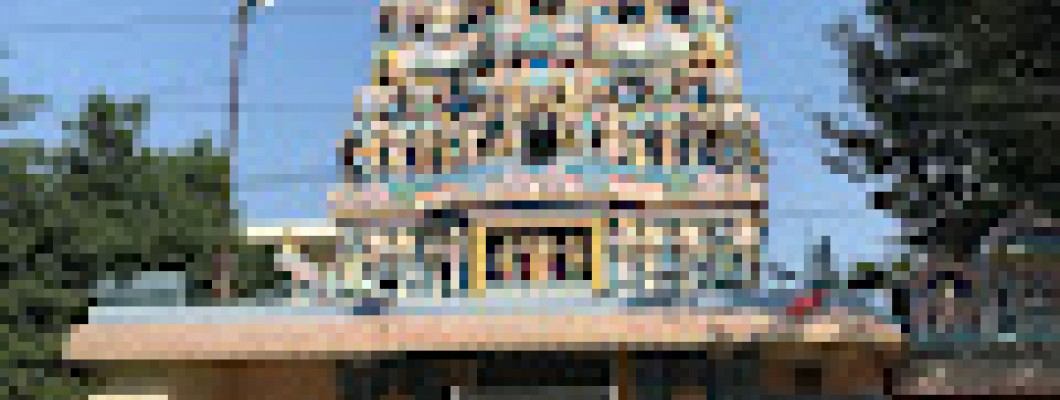
Dedicated to Lord Murugan, the Sri Kartikeya Swami Temple
was established by the Tamilians in Chandigarh. The temple is located in the 31
D sector of Chandigarh. At first, a small spear or Vel was constructed at the
site of the temple on a pedestal and later a temple was built at that place.
The Shivacharyas of Kanchipuram performed a Maha kumbhabhishekam at the temple
in 1992 and in 2002. Other than Lord Murugan, the temple complex houses a
sannidhi for Lord Hanuman and Navagrahas.
Location Punjab and Haryana, Chandigarh, Chandigarh
Legend
During the peak of militancy in Punjab in the 1980s, the
Tamils in Chandigarh felt the need for a temple for Lord Muruga to keep their
Tamil culture and traditions intact. At first, a small vel (spear) was erected
on a pedestal and they started worshiping the vel by chanting Tiruppugazh
bhajanam under the cover of darkness. When the entire region was free from
militancy by 1990, they decided to built a temple for their Lord and started
working towards it. Sthapati Rajagopal and his disciple Sthapati Thiagarajan
from Chennai drew the blue print for the temple and built the temple following
Dravidian temple architecture with a mixture of Chola and Pallava style of
gopuram. The idols of Lord Muruga flanked by Valli and Devasena, Lord Ganesha
and Goddess Krishna Mariamman along with small idols for the temple praharam
(peripheral walls) such as Narthana Ganapati, Dakshina Murti, Vishnu, Brahma,
Durga and Chandigeswar were chiseled by sculptors from Mahabalipuram in Tamil
Nadu and brought to the temple. The deity was named as 'Lord Karttikeya Swami'
by Maha Swami of Kanchi Sankara Mutt. A Mahakumbhabhishekam (grand
consecration) was performed in January 1992 by Shivacharyas from Kanchipuram
led by Rajappa Gurukkal along with Viswanatha Gurukkal. The second Kumbhabhishekam
was held in April 29, 2002, by the same group of Shivacharyas led by Rajappa
Gurukkal.
Architecture
The Sri Kartikeya Swami Temple was built according to the
Dravidian temple architecture with a mixture of Chola and Pallava style of
gopuram. The devotees can view the traditional tower and also the idol of the
main deity at the same time. All the idols in the temple have been sculpted by
artists from Mahabalipuram, Tamil Nadu.
Culture
Chandigarh has a cosmopolitan culture and right from the
early times, the city has attracted people from all over the country. The city
is known for its folk songs and dances which are popular all over the country.
Bhangra, Giddha, Luddi, Jhumar, Julli, Sammi, Teeyan, Dankara, Gatka, etc. are
some of the popular folk dances of the city. Even in the Indian movie industry,
these dance forms and folk songs are used widely. Many of the festivals
celebrated in the city are accompanied by these performing arts. Some of the
important festivals celebrated include Baisakhi in April which marks Punjabi
New Year and also the beginning of the harvest season. Lohri is another harvest
festival and is celebrated in January.
Darsan Info
In Summer, the temple opens from 07:00 AM to 01:00 PM and 06:00
PM to 08:00 PM.
In Winter, the temple opens from 08:00 AM to 01:00 PM and
05:00 PM to 08:00 PM.
Darsan Dresscode
No restriction in dress code. Wear good clothes
Famous Festival
Thaipusam festival
Temple Rituals
Morning pooja and arathi starts from 07:00 AM onwards.
Different kinds of sevas to be performed based on calendar.
ARCHANA:
Astothrama Archana, Sahasranama Archana, Sankalpam, Rahu
Kala Pooja, Vilakku Pooja, Nava Graha Pooja, Kumkuma Pooja
ALANGARAM:
Sandhana Kaappu(Face), Vibudhi Alangaram, Manjal Kaappu,
Vennai Kaappu, Vadai Maalai
SPECIAL FUNCTIONS:
Kaavadi, Paulkudam, Kadhu Kuthal, Kalyanam
ABISHEKAM:
Milk Abishekam, Maha Abishekam Main, -Do- Parharam
Additional Info
![]()
Nando's Restaurant,Tasty Food Corner, Nukkar Dhaba, Uttam
Cafe And Restaurant, Karthik South Indian Restaurant
![]()
Supermarket : Available

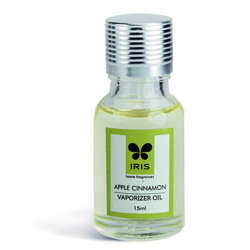

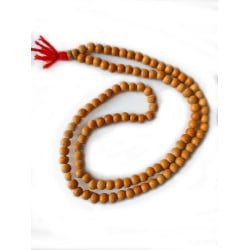
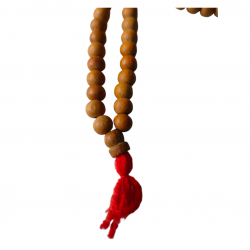
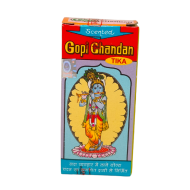
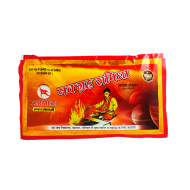
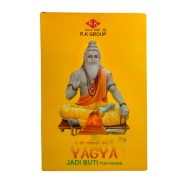
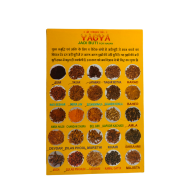
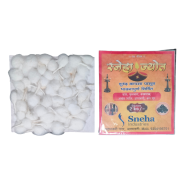
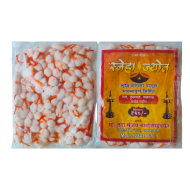
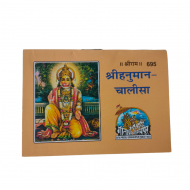
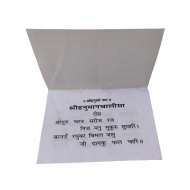
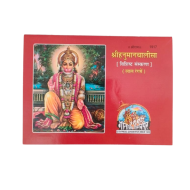
-190x190.png)
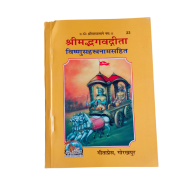
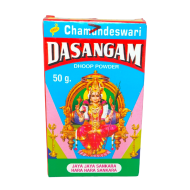
Leave a Comment